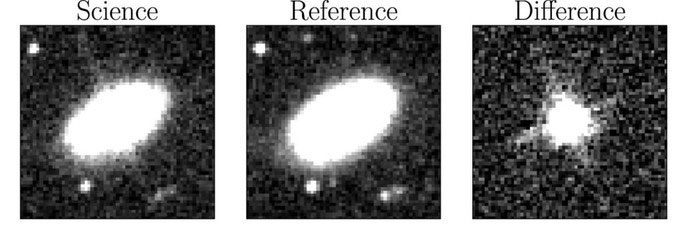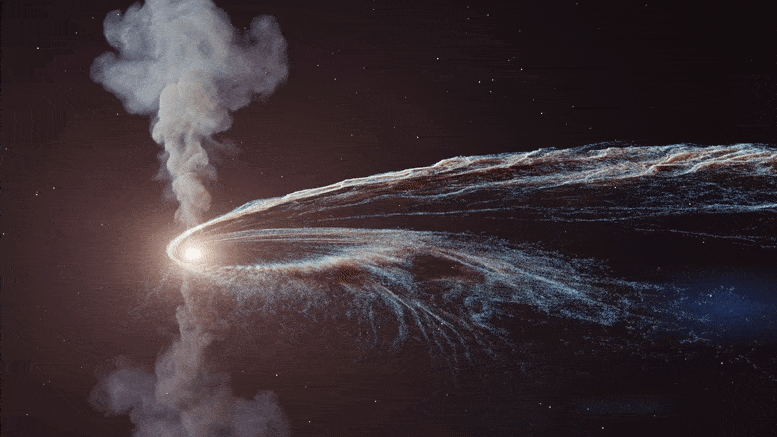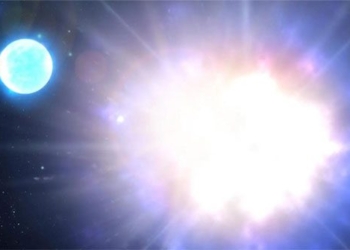Recently, scientists have “unearthed” completely unusual data from NASA’s NEOWISE spacecraft, revealing one of the most catastrophic phenomena in the universe that lasted for over a year.
According to Science Alert, the NEOWISE spacecraft is an infrared space telescope used to observe comets and asteroids.
However, its data from 2014-2015 showed a bright and mysterious “ghost” named WTP14adbjsh: Only NEOWISE was able to detect it, while most contemporary telescopes were “blind” to it!

Mysterious light source WTP14adbjsh – (Image: MIT).
The lead author of the new study, astrophysicist Christos Panagiotou from the Kavli Institute for Astrophysics and Space Research at the Massachusetts Institute of Technology (MIT, USA), described that the light source began to appear unusually in 2014.
By 2015, it reached a very high brightness, and then started to return to its previous dark state.
Scientists attempted to cross-reference other datasets from the same region of the sky, collected by international survey missions MAXI (X-ray) and ASAS-SN (optical), which showed that the strange object did not appear in those types of light.
Through various analyses, they discovered that this “ghost” was the light from a tidal disruption event (TDE), which is extremely catastrophic. In this event, a massive star was torn apart by the vertical tidal forces of a black hole before being completely consumed.
The “killer” was identified as a supermassive black hole—often referred to by astronomers as a monster black hole—located in the galaxy NGC 7392, which is 137 million light-years away from Earth.

Animation depicting a TDE – (Image: DESY, Science Communication Lab)
This distance is only 1/4 of the record distance of a previously discovered TDE, meaning scientists have found the closest TDE event to Earth to date—of course, far enough away not to affect us.
Moreover, it is a rare TDE recorded in a star-forming galaxy. This event could still be ongoing, but compared to older galaxies, younger star-forming galaxies are often shrouded in thick dust, making it difficult to observe similar events.
Measurements indicate that this monster black hole has a mass of about 30 million suns.





















































